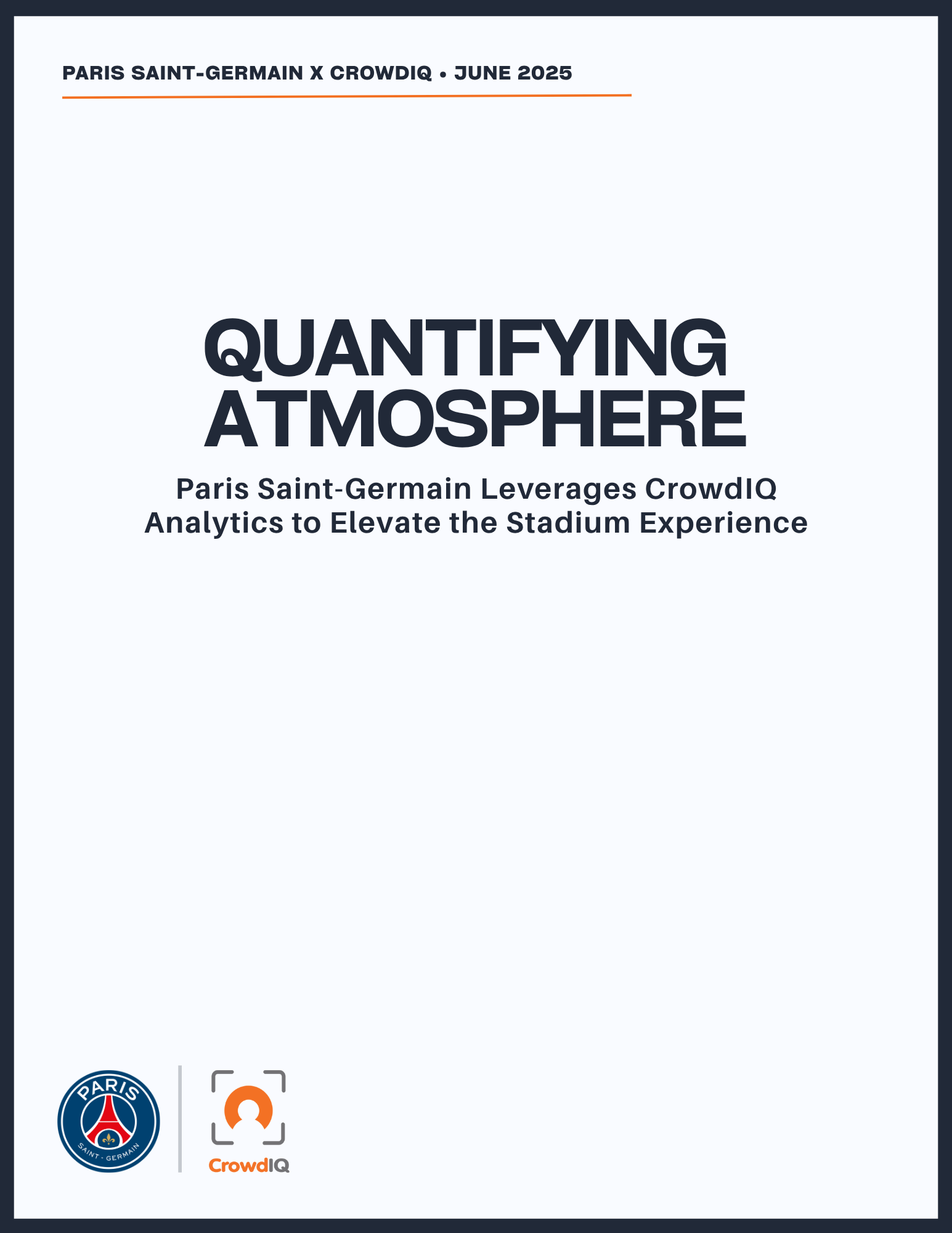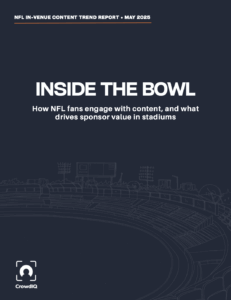Crowd Flow data is binary… there is either someone in a seat or it’s empty. Seems like simple data, but it is important, especially when looking at specific sections or the venue as a whole.
Turnstile data allows teams to make a number of decisions related to game day activations and Crowd Flow completes the picture by showing how fans move to and from their seats during the event.
We’ve heard from many teams that they have interns at every game, counting how many people are in their seats when the game starts. This seems like a pretty big waste of manpower when you could just have a computer do it for you.
With Crowd Flow you can learn so much:
- What’s your optimal start time?
- When will fans start leaving?
- How long does it take fans to get to their seats once they’ve entered the venue?
- When are the most fans in their seats/when is the best time to run an activation?
- Which age groups arrive the earliest or latest or stay the longest?
- What’s the ROI on post game activations or giveaways?
Speaking of ROI on post game activations, here’s just one real life example of how Crowd Flow made an impact:
One MLB partner utilized Crowd Flow to compare what percentage of their fans remained in the stadium at the end of their Thursday, Friday, and Saturday night games to see if their Friday Night Fireworks Promotion, a multi-million dollar investment, was keeping people in the ballpark longer. 2 hours and 40 minutes into the game, on average 52% of the crowd remained in their seats Thursday nights, 51% Friday nights, and 64% Saturday nights. The data proved that the Friday Night Fireworks Promotion was not an incentive for fans to stay longer and that the money could be spent on something else.







